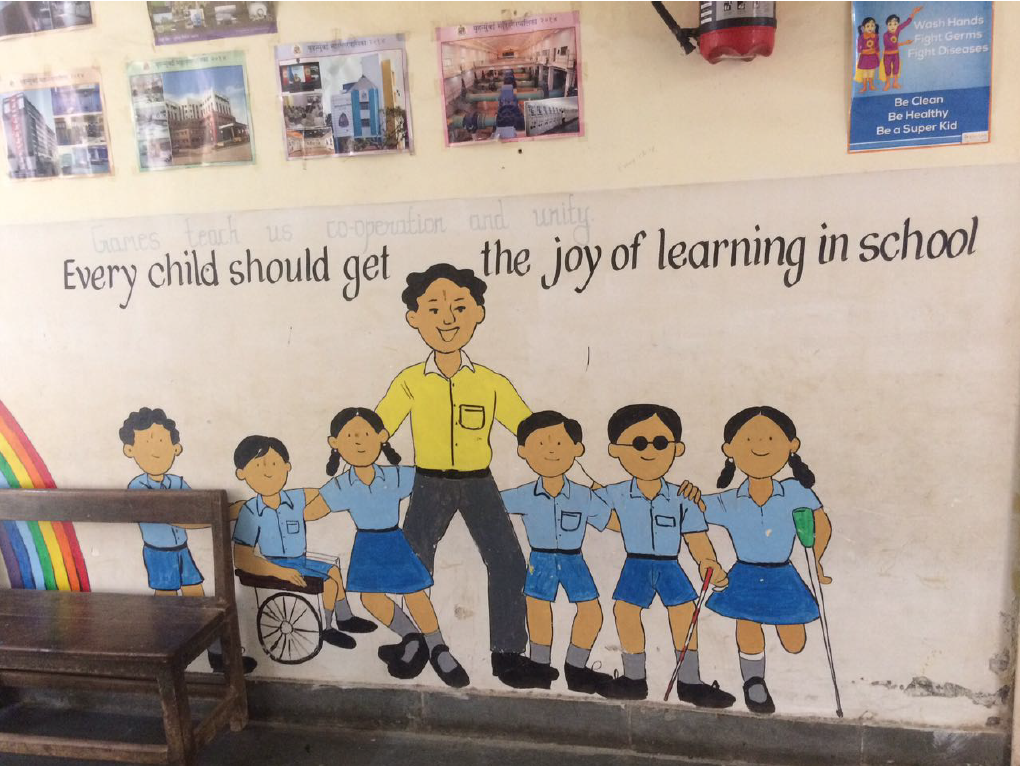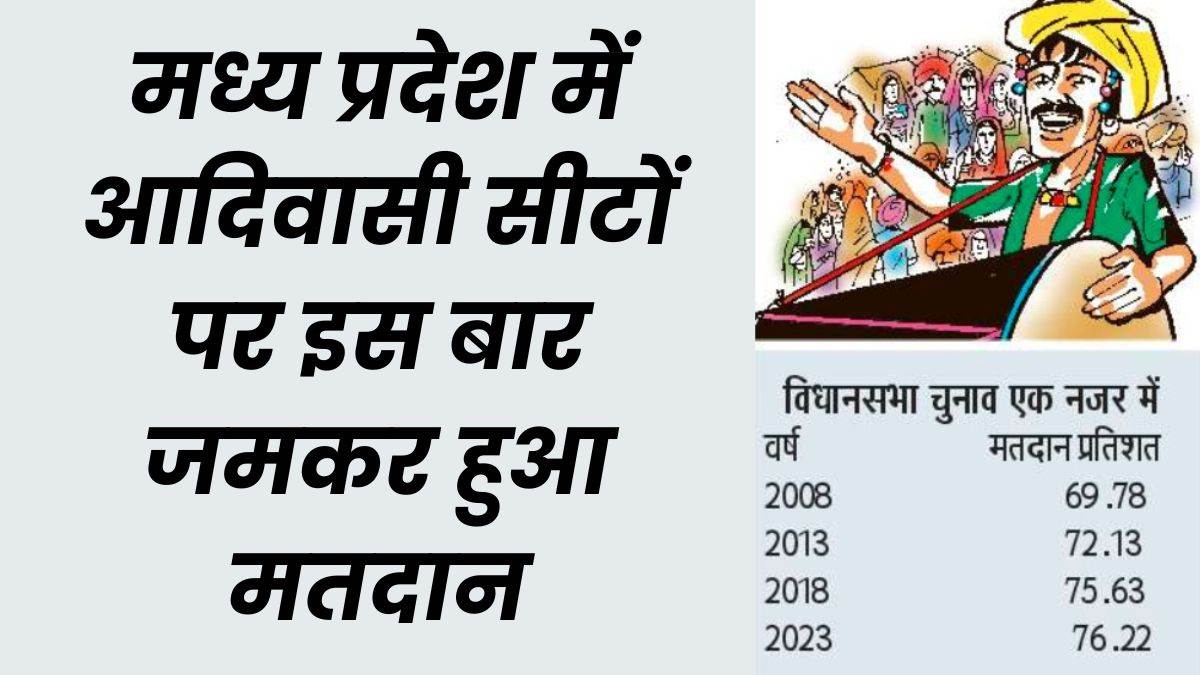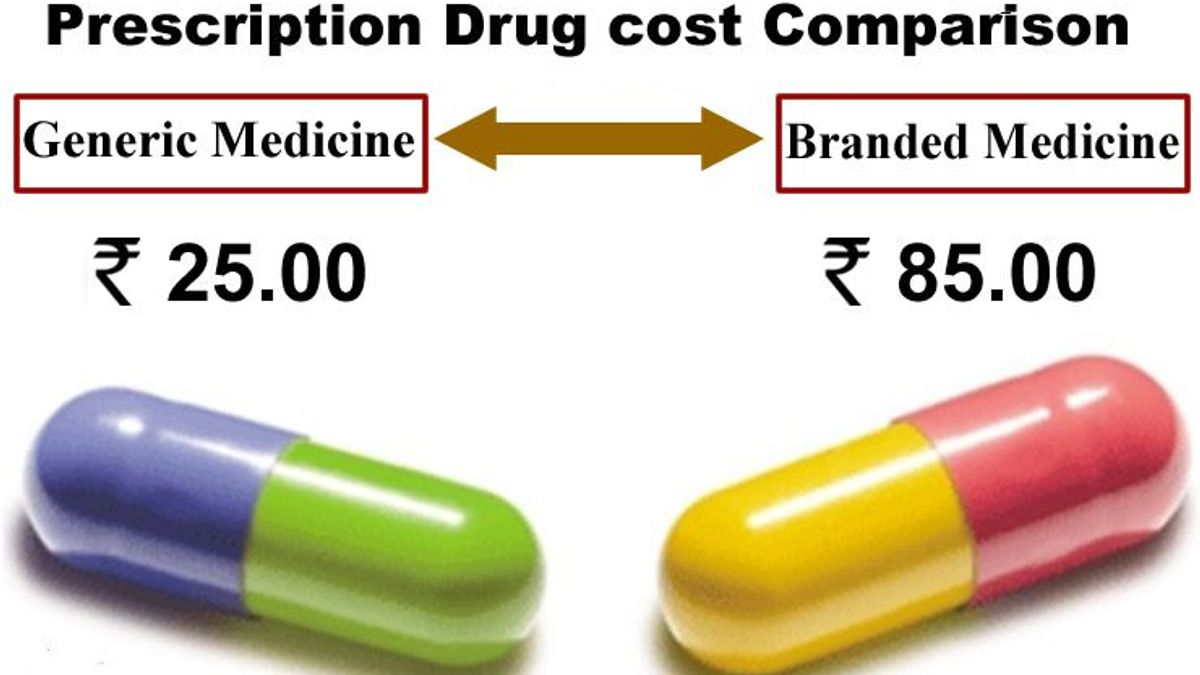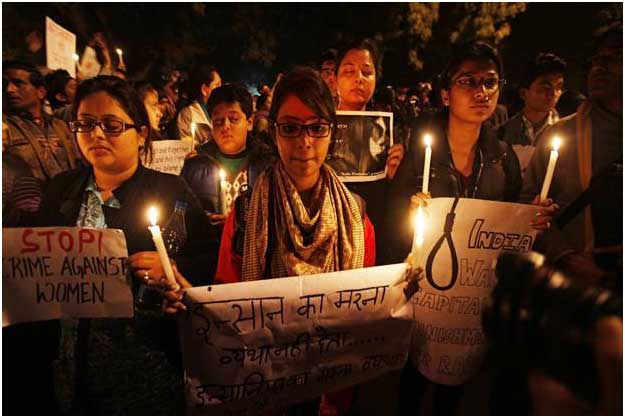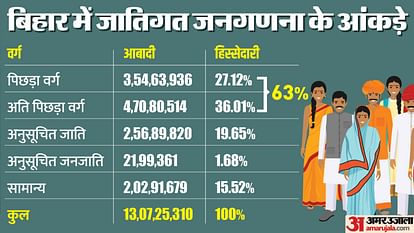Central idea
Odisha revolutionizes public education with initiatives like Odisha Adarsha Vidyalayas, ‘Mo School’ Abhiyan, and 5T-High School Transformation, aiming to surpass private schools in quality. This results in a substantial shift, with 81% of students currently enrolled in government schools. The state’s commitment to inclusivity, alumni engagement, and technology integration drives equality and excellence in education.
Key Highlights:
- Revolutionary Reforms: Odisha’s education sector undergoes revolutionary changes through initiatives like Odisha Adarsha Vidyalayas, ‘Mo School’ Abhiyan, and 5T-High School Transformation Programme.
- Recognition and Ranking: OAVs receive accolades, with one ranked the fifth-best in government-run day schools, emphasizing qualitative English-medium education for rural and semi-urban areas.
- Inclusive Enrollment: OAVs ensure representation of marginalized groups, leading to a higher enrollment of female students. They also rescue and prepare vulnerable children for OAV entrance exams.
- Alumni Engagement: Mo School Abhiyan connects schools with alumni, promoting mentorship, collaboration, and financial contributions, creating a significant impact on infrastructure and engagement.
Key Phrases:
- Quality Education: Odisha’s focus on continuous teacher education, technology integration, and maintaining a favorable teacher-pupil ratio highlights its commitment to providing quality education.
- Alumni Community: Mo School Abhiyan leverages the alumni community to contribute to school development, creating a unique model of collaborative efforts for educational improvement.
- 5T-High School Transformation: The 5T concept drives the High School Transformation Programme, emphasizing transparency, technology, teamwork, and timeliness for comprehensive educational changes.
Analysis:
Odisha’s proactive approach to education, combining infrastructure development, alumni engagement, and technology integration, has led to a significant shift in enrollment patterns, with a majority of students now choosing government schools.
Key Data:
- Enrollment Shift: In 2019-20, private schools had 16,05,000 students; in 2021-22, this number reduced to 14,62,000, indicating a shift towards government schools.
- Financial Contributions: More than 5.5 lakh contributors, including ministers, MPs, and professionals, have contributed over ₹797 crore in 40,855 schools under the School Adoption Programme.
Key Terms:
- Odisha Adarsha Vidyalayas (OAV): A model aiming to bridge the rural-urban education gap by providing qualitative and affordable English-medium education.
- Mo School Abhiyan: An initiative connecting schools with alumni, promoting collaboration, contributions, and celebrating successes to improve government schools.
- 5T-High School Transformation Programme: Rooted in transparency, technology, teamwork, and timeliness, focusing on technological advancements and holistic development in high schools.
Challenges:
- Parental Trust: Historical perceptions of poor education quality in government schools challenge rebuilding parental trust.
- Affordability Concerns: Despite reforms, concerns persist regarding the economic accessibility of quality education in government schools.
- Perceived Quality Gap: Overcoming the perception gap regarding the quality of education in government schools compared to private counterparts.
- Economic Accessibility: Addressing financial barriers for families, ensuring that quality education remains economically accessible.
Way Forward:
- Continuous Alumni Engagement: Strengthen collaborations between schools and alumni to maintain a sustained focus on improvement. Explore mentorship programs and alumni-led initiatives for ongoing school development.
- Enhancing Perceived Value: Implement awareness campaigns highlighting the positive changes in government schools. Showcase success stories and academic achievements to alter perceptions.
- Financial Inclusivity: Introduce scholarship programs or financial aid to address economic barriers. Collaborate with governmental and non-governmental organizations to provide educational subsidies.
- Technology Integration: Expand technological resources in schools for interactive and enhanced learning experiences. Introduce digital literacy programs to prepare students for a technology-driven future.
